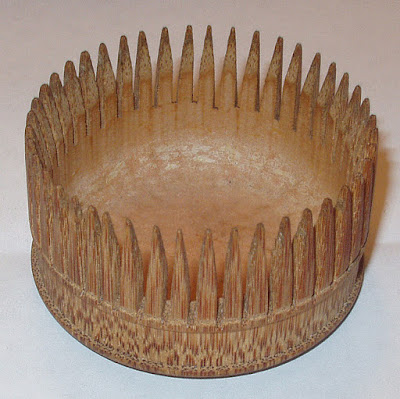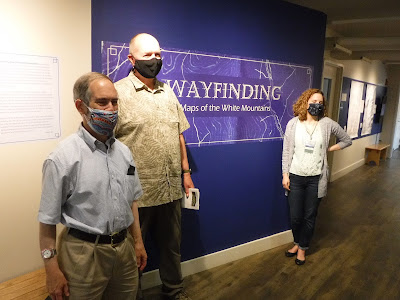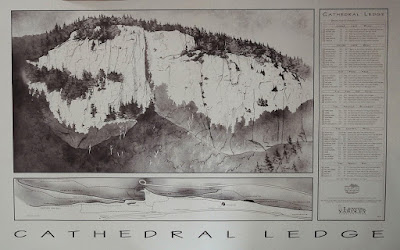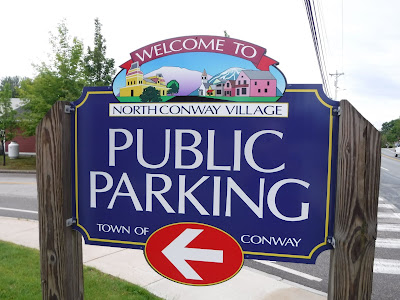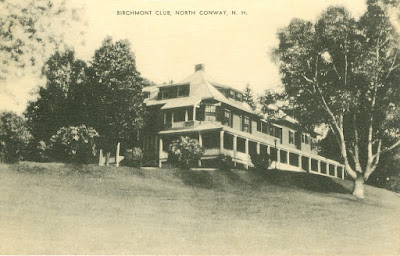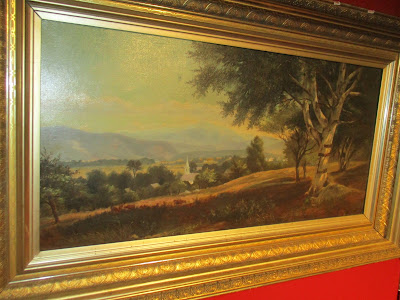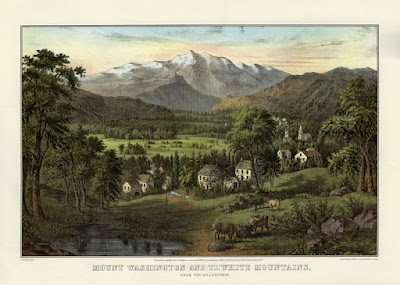Now here is something you don't see everyday
This past weekend we were treated to an awfully good cook-out in Bridgton, Maine put on by Dana Masters, the owner/operator of Beast Feast Maine. See their website here. For a taste of your own, you can participate in one of their upcoming barbecues listed on their website under the events tab.
The main focus of this event featured an alligator gobbling up a bunch of New England lobsters. It was a real piece of culinary art and a visual oxymoron. This captivating contrast (or is it a fusion?) led me to reflect upon the similarities and differences in different parts of the country that define and express our cultural identity.
As noted before in a previous blog here, traditions now considered "American" go back much further than the Pilgrims. America's first Thanksgiving and Christmas may well have featured grilled gator as seen in this print, published in 1591 from a lost drawing of 1564, depicting the Timucua in Florida. For more information see these links here and here.
The weekend's heat and humidity brought back memories of growing up in Florida, and made me think about "changes in latitudes, changes in attitudes" and especially how the use of natural resources, and specifically food, helps define regional culture.
Even the weather was like Florida's. The day was marked by a high mackerel ceiling and massive, towering stacks of cumulonimbus. To get there we drove through many miles of pines past dark tannin waters.
However, the sand we passed was brown not white, the beaches are edged with pebbles not shells, the gator above is munching on American lobster (Homarus americanus) not the Spiney Florida lobster (Panulirus argus) which we caught by hand - try that with a Red lobster!
One thing notably missing were the palms of my youth. As I told Dana, when we had grilled gator, rattlesnake, armadillo or possum growing up, we usually had swamp cabbage as a side.
Everyone has their own recipe and culinary secrets (mine includes guava paste, Tabasco and peanut butter).
The Sabal Palm was also made into hats, brushes and combs. There is even an example of one owned by Winslow Homer on display in his studio now open for tours through the Portland Museum of Art here.
As I have migrated north over the years, I have continued to study local history, art and craft.
With a cracker whip maker at the Florida Folk Festival, 1983
Remember, we offer free help with researching your family history and programs on preserving your family heirlooms. Contact us at the Conway Public Library.






